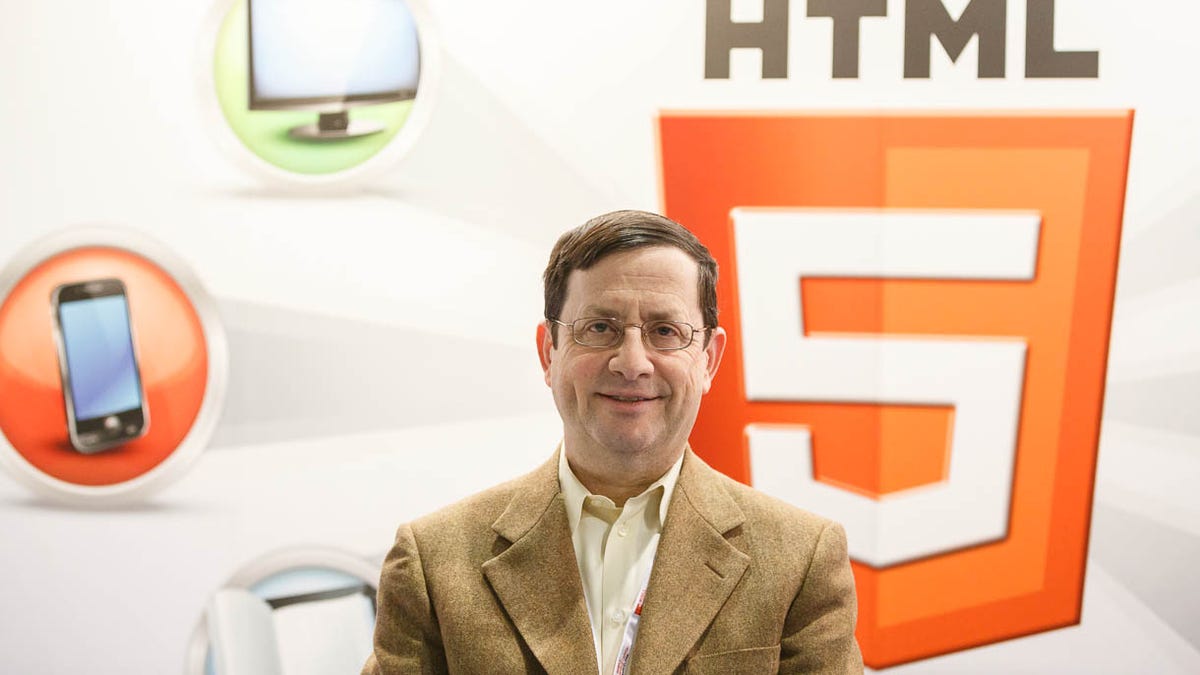W3C proceeds with Web video encryption despite opposition
The Web standards group is going ahead with its Encrypted Media Extensions technology despite some opposition, arguing it's a step in the right direction.

The World Wide Web Consortium has decided to go ahead with a technology that will let companies like Netflix stream encrypted video using Web sites -- against the wishes of the Free Software Foundation, Electronic Frontier Foundation, and 25,600 petition signatories.
The Web standards group announced the move Thursday, to nobody's surprise. Entertainment-industry players had approached the group three years ago to discuss the technology, Microsoft has been helping develop it, and Google already has built the specification, called Encrypted Media Extensions (EME) into Chrome.
The standard doesn't actually handle encryption and digital rights management (DRM) to govern who gets to see or copy video. Instead, it provides a standard mechanism that lets a browser call upon a plug-in that handles the work. In other words, it enables encryption but doesn't do the encryption itself.
W3C Chief Executive Jeff Jaffe said in an interview that the standards group believes some standardization and openness is better than none. That alternative that could mean programmers rely on proprietary plug-ins such as Adobe Systems' Flash Player or apps that don't use the Web altogether. Netflix, perhaps the clearest example of what's at stake, uses Microsoft's Silverlight plug-in today rather than Web standards, but its new Web-based player technology uses EME.
"There is going to be protected content on the Web," Jaffe said. "We should we have one Web with as much commonality as possible where one is able to access free content as well as protected content. The other approach is to say if someone wants to have DRM content, that should be its own walled garden, cordoned off. We don't want the Web to be a bunch of cordoned-off apps."
The HTML Working Group on Thursday announced its plan turn the specification into a standard, and Jaffe said it will publish the first public working draft on Friday.
The Electronic Frontier Foundation and Free Software Foundation had urged the W3C not to proceed with EME standardization, arguing it's bad for users and goes against the W3C's principles promoting openness and royalty-free standards. Their petition explains it this way:
EME would be an irreversible step backward for freedom on the Web. It would endorse and enable business models that unethically restrict users, and it would make subjugation to particular media companies a precondition for full Web citizenship. Just as Flash and Silverlight are finally dying off, we should not replace them with the media giants' latest control fantasy.
Furthermore, EME contradicts the W3C's core values. It would hamper interoperability by encouraging the proliferation of DRM plugins. It would fly in the face of the W3C's principle of keeping the Web royalty-free -- this is simply a back door for media companies to require proprietary player software. It is willful ignorance to pretend otherwise just because the proposal does not mention particular technologies or DRM schemes by name.
Jaffe disagrees with the characterization. "We aren't standardizing DRM. Today's DRM systems are proprietary and patent-encumbered. It wouldn't be appropriate to standardize them. That's not even on the table," he said.
But the opponents aren't just looking more broadly at what EME standardization would mean. The EME fans' position "is like saying, 'We're not vampires, but we are going to invite them into your house,'" the EFF said.
Open, royalty-free technology is important to the W3C and its director, Web inventor Tim Berners-Lee. Twenty years ago, his employer at the time, CERN, released the World Wide Web technology without royalty constraints, a move that has helped ensure those who use and build the Web can do so without financial barriers that stand in the way of many computing-industry ideas.
Jaffe likened the EME situation to what the W3C did with the HTML5 video standard that paved the way for today's EME debate. The H.264 codec, which handles video compression and decompression, is heavily patent-encumbered and proprietary technology.
"We were aware of the fact that there was no high-quality royalty-free video codec available. We could have said video codecs are patent encumbered, let's let somebody else do the video standard. That would have been a big mistake," Jaffe said. Instead, W3C added video to the standard without specifying which codec to use -- a complicated situation that makes things difficult for Web developers but that still advances video on Web pages that doesn't need something like Flash.
"Ten years ago, proprietary video was dominating. Today, HTML5 video is extremely popular," Jaffe said. There still are no high-quality royalty-free video codecs, he said, but added, "We haven't succeeded yet, but we haven't given up yet."
Updated at 3:29 p.m. PT to clarify that the W3C is aware there are royalty-free video codecs but that the organization hasn't yet found any that are of high enough quality.

